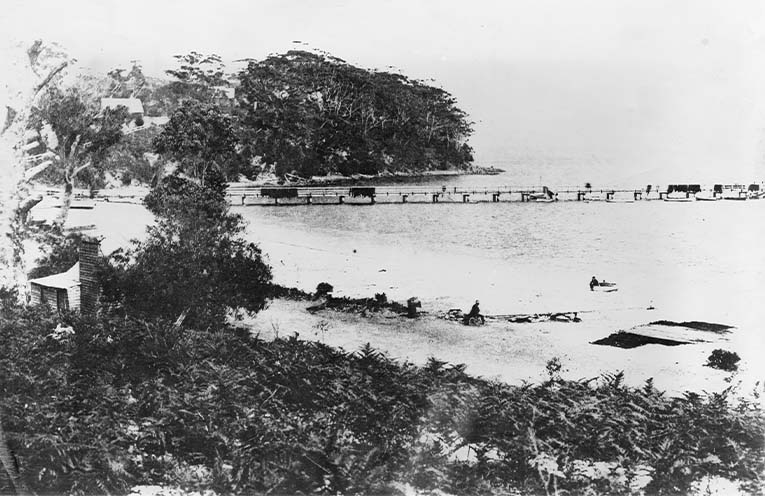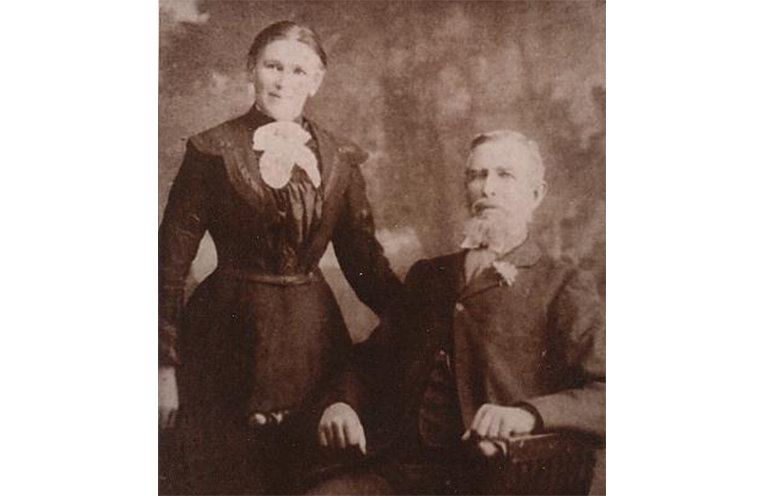
DURING the early years of professional fishing, fish caught in Port Stephens had a limited market due to the lack of refrigeration – ice.
As there was no ice used on the fish after their catch and in transport to the market, the time taken to transport them became critical, making the sources of fish supply very limited.
Port Stephens fish were barred from access to the Sydney city markets, except in winter.
During this early period, as reported by the 1880 Royal Commission on Fisheries, “There were several places even in Sydney itself where fish is rarely if ever seen, and where the people have become so entirely unaccustomed to the use of it as an article of food, that they seldom if ever think of purchasing it.”
No doubt there were fish sent to Newcastle and closer markets at this time, but competition from suppliers closer to the outlet made it difficult.
The substantial Port Stephens market seems to have been mostly for the use of the local Chinese.
It is now history that William Dalton’s father, John Dalton, pioneered the fresh fish trade to Sydney with his boat the S.S Kingsley, which delivered the local catch to the Hunter River Steamship Company’s boats at Newcastle.
This trade commenced about 1881 when the NSW Fish Company had established itself in what is now Apex Park, Nelson Bay, to handle fish and provide ice.
Despite the problems caused by distances from the markets, poor roads and the difficulty in obtaining a steady supply of ice, the Nelson Bay community and the tiny outposts fringing the Port continued to expand.
The demand for fresh seafood in the bigger centres of Newcastle and Sydney also continued to grow, particularly for fish, oysters and lobsters.
The local fishing industry was on the move, attracting many young men keen to work the waters of Port Stephens and its extensive lakes, feeder streams and rivers.
The beaches were ideal for netting the travelling fish and the reefs were alive with lobsters, magnificent snapper and other sought-after species.
Then the prawns were found inside the port and outside the headlands on the sand and muddy expanses in the deeper water.
It seemed that boats were being built on every corner in Nelson Bay – a hotel, general store and guest houses appeared.
Interest in Port Stephens for its fish, lobsters, prawns, oysters and tourist potential was growing rapidly.
It was only a matter of time before enterprising tourism promoters organised regular visits to the coastal hamlet of Nelson Bay.
One such visit, over the Christmas period, was documented and reported in the Gloucester Examiner on 6 January 1894.
The following is an extract from that report – “The Christmas holidays were taken advantage of by a party of excursionists from the Terrace, to pay a visit to the beautiful harbour of Port Stephens.”
According to the report, the travelling group journeyed on the S.S. Elaine steamer, visited the Sea Breeze Hotel, enjoyed oysters, day tripped to the Outer Lighthouse on Fingal Island and more.
By John ‘Stinker’ CLARKE

